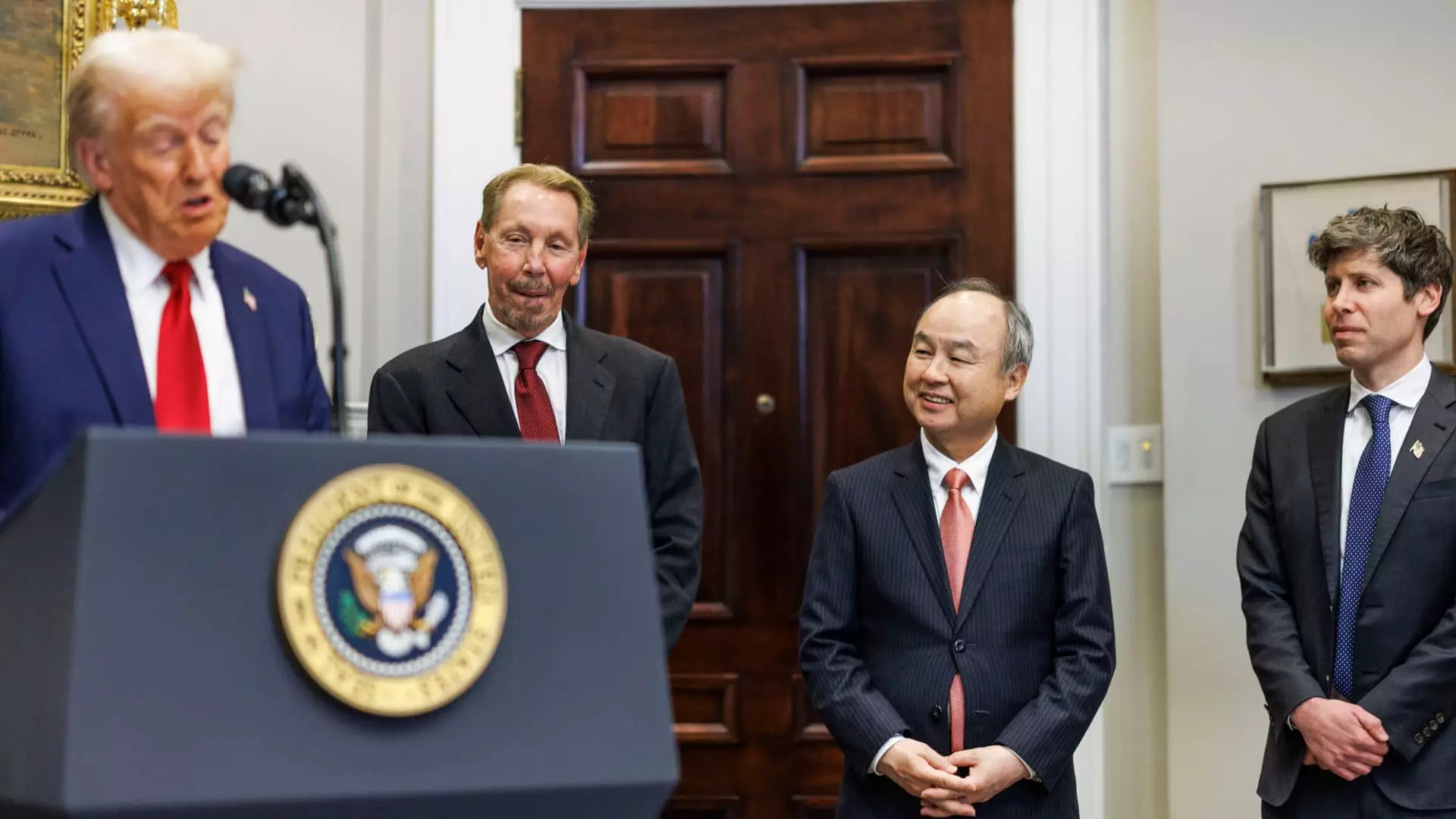In recent years, the collaboration between Microsoft and OpenAI has become a cornerstone of advancements in artificial intelligence. As one of OpenAI’s principal backers, Microsoft initially secured a critical position by providing the required cloud computing resources essential for the startup’s growth. This partnership was depicted as a strategic alignment, allowing both entities to leverage each other’s strengths in the burgeoning AI landscape. However, shifts in the partnership dynamics hint at the complexities and potential challenges lying ahead.
As of a recent blog announcement by Microsoft, the tech giant confirmed a shift in its formerly exclusive role as the primary provider of computing capacity for OpenAI. While Microsoft maintains a favorable outlook on its partnership with OpenAI, the revelation of a “right of first refusal” indicates that OpenAI is now free to explore other options for computing resources before approaching Microsoft. This newfound flexibility for OpenAI may suggest that its computing needs have outgrown the confines of a sole partnership, allowing for potential collaborations with additional cloud providers.
This transition coincides with President Donald Trump’s unveiling of the Stargate Project, a monumental initiative aimed at bolstering AI infrastructure in the U.S. The participation of heavyweights like Oracle and Softbank in this venture is poised to reshape the competitive landscape. By announcing plans to invest an astounding sum—initially $100 billion, with potential expansions up to $500 billion over the next four years—this project signifies a robust push for AI advancements outside of Microsoft’s sole domain.
Oracle’s emergence as a key player in the AI infrastructure space is noteworthy. The company is now positioned alongside prominent tech symbols, including Microsoft and Nvidia, as they collectively establish a data center framework essential for AI development. With Oracle Chairman Larry Ellison announcing the construction of substantial data centers, including plans for expansive facilities in Texas, a vivid picture of serious investment and commitment to AI infrastructure materializes. As these facilities break ground, they represent a significant pivot point in the competitive dynamics between the existing cloud service providers.
Investors appear optimistic about Oracle’s venture, with their shares experiencing a notable rise following the announcements. With the cloud market’s increasing competition among major players like Amazon, Microsoft, and Google, Oracle’s foray into this realm could lead to a sensational game-changer, especially as it dovetails with OpenAI’s rapid growth.
Financial Commitments and Future Directions
While Microsoft remains a crucial partner for OpenAI, the ongoing investments and commitments signify that their relationship is becoming multifaceted rather than exclusively dependent. OpenAI continues to utilize Microsoft’s Azure for product and model training, with assurances of increased consumption in their services. The existence of new and large Azure commitments also indicates that there is still substantial reliance on Microsoft’s infrastructure, suggesting that while OpenAI is exploring new avenues, the bond between these companies is far from severed.
However, Microsoft’s characterization of OpenAI as a competitor poses a significant departure from their previously collaborative stance. CEO Satya Nadella’s public acknowledgment of OpenAI’s ambitions illustrates a recognition of the need for coexistence and mutual accommodation. This acknowledgment of competition indicates that as the landscape of AI continues to evolve, so too must the relationship between key players.
The evolving dynamics between Microsoft and OpenAI illustrate the complexity of partnerships in the fast-paced world of technology, where ambition and competition often intertwine. While their historical alliance has forged significant advancements in AI, the shift towards a more competitive landscape with new players entering the fray invites both opportunities and challenges. The dichotomy of collaboration and competition will undoubtedly shape the future trajectories of both Microsoft and OpenAI, requiring each entity to adapt strategically to maintain relevancy and influence within the rapidly developing AI sector. As these adjustments take place, it will be crucial for industry stakeholders to monitor how these changes affect innovation and market positioning in the months and years to come.

